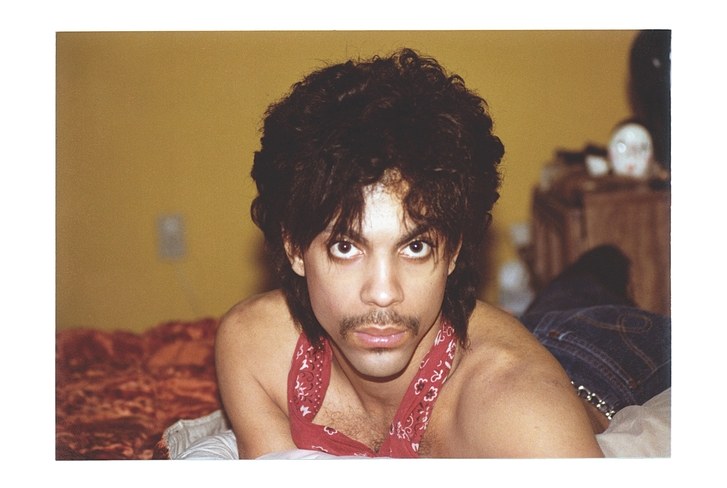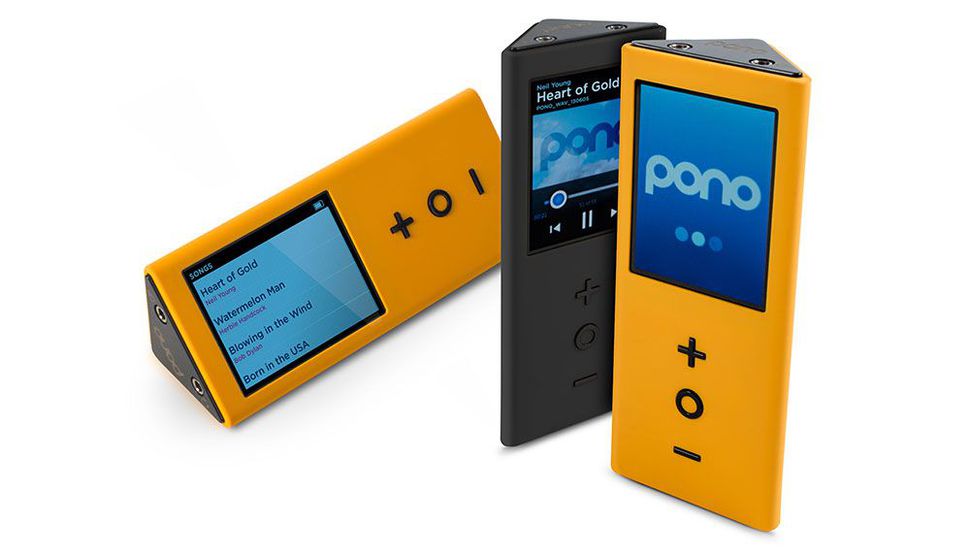I joined up with a Facebook group called Rivendell Open Source Radio Automation Users as a place to trade tips on using Rivendell. A question that comes up frequently is how Rivendell can be run in the cloud. Since I’ve been doing this for eight years or so I have a pretty good understanding of the challenges. I’ve mentioned some of it before but thought I’d go into more detail of my current setup.
I’m running Rivendell 2.19.2, the current version, and presently I’m not actually running it in the cloud though I could easily change this in a few moments. The magic that makes this happen is containerization. I have created my own Docker instance which installs everything I need. This container can be fired up virtually anywhere and it will just work.
Here’s a summery of my setup. In my container, I install CentOS 7. Then I pull in Rivendell from Paravel’s repos with a “yum install rivendell” command. Rivendell needs the JACK audio subsystem to run so I install Jack2 from the CentOS repos, too. To this I add darkice as an encoder, JackEQ for some graphical faders/mixers, a LADSPA-based amplifier module to boost gain, and of course Icecast2 to send the stream to the world.
Now, one of the problems with a CentOS-based setup is that CentOS tends to have fewer of the cool audio tools than distributions like Debian and Ubuntu have. These Debian-based distros are not officially supported with Paravel packages so you either have to hunt for your own Rivendell dpkgs or you build your own. I’ve found a few of these dpkgs mentioned on the Rivendell Developer’s mailing list but I’ve not had the time to make sure they’re up to date and meet my personal needs. Thus, for my personal setup you’ll find a few parts which I have compiled myself, rather than install from a package. A project for me to take on in my Copious Free Time is to create an entirely repo-based Docker container but I’m not there yet.
Rivendell needs a MySQL/MariaDB database to store its data. I rely on a non-containerized instance of MariaDB in my setup because I already use the database for other projects and didn’t want to create an instance solely for Rivendell.
So here’s how it all works.
Continue reading →






